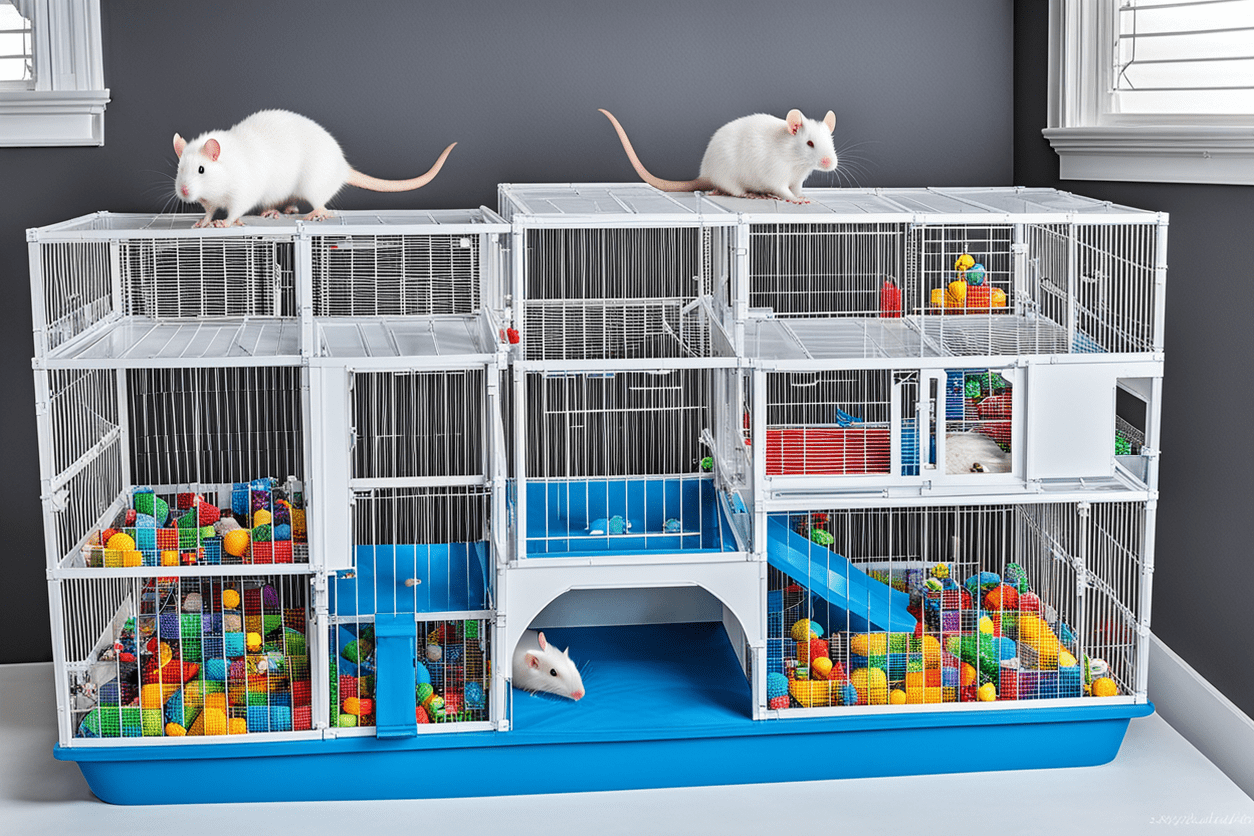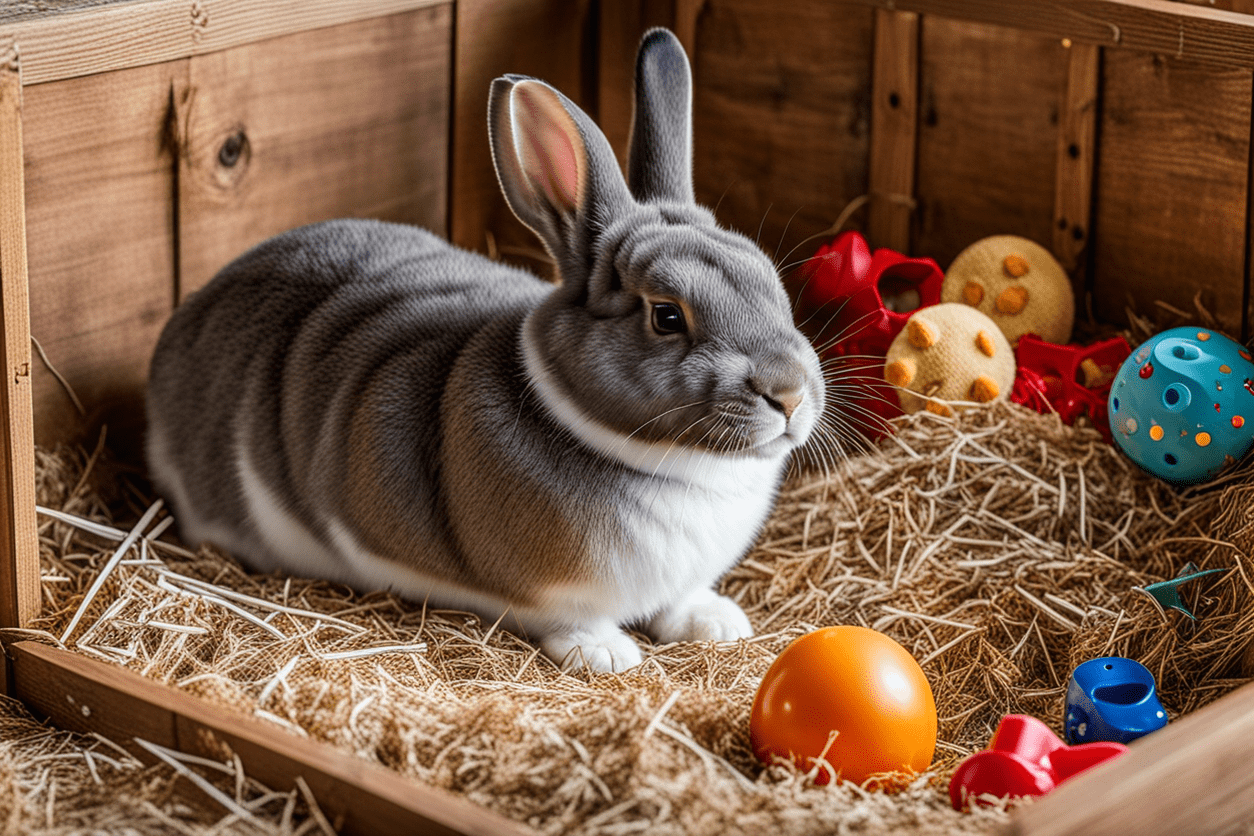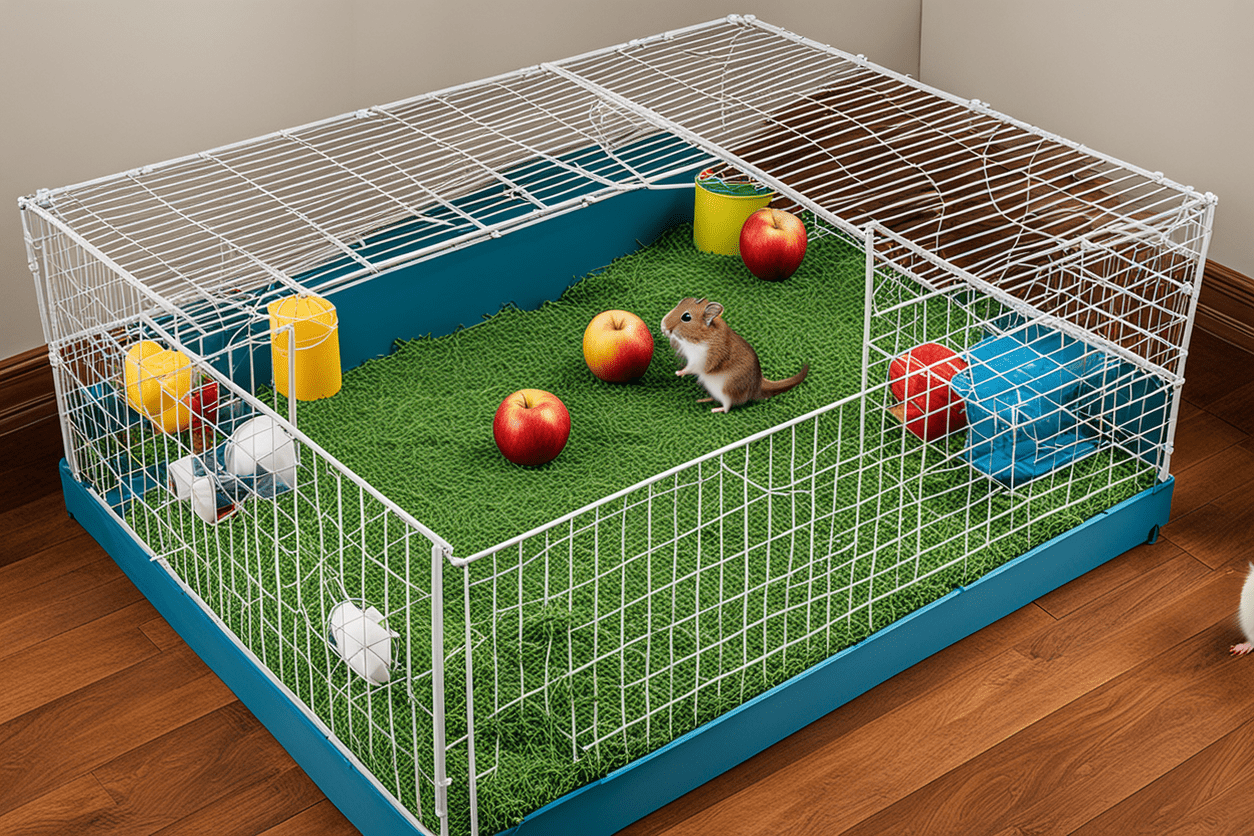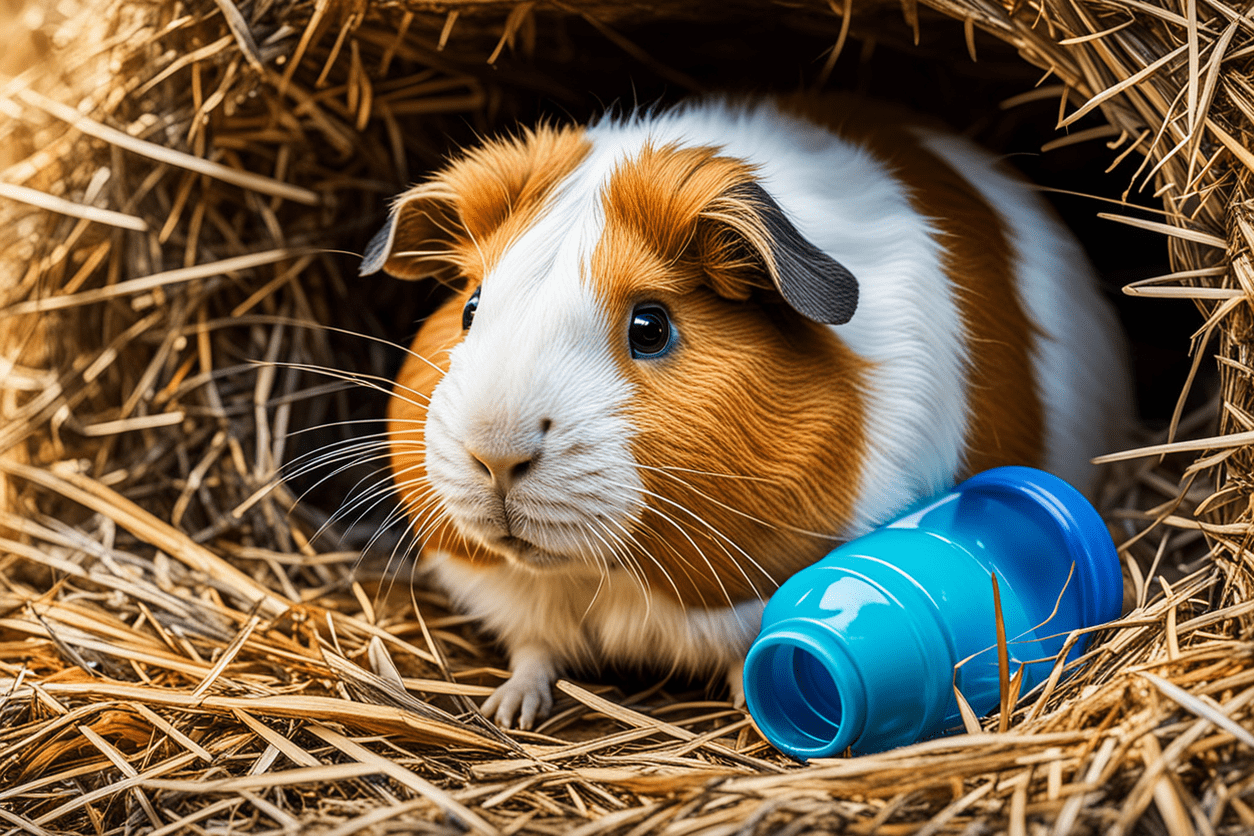Crafting the Ultimate Pet Menu!
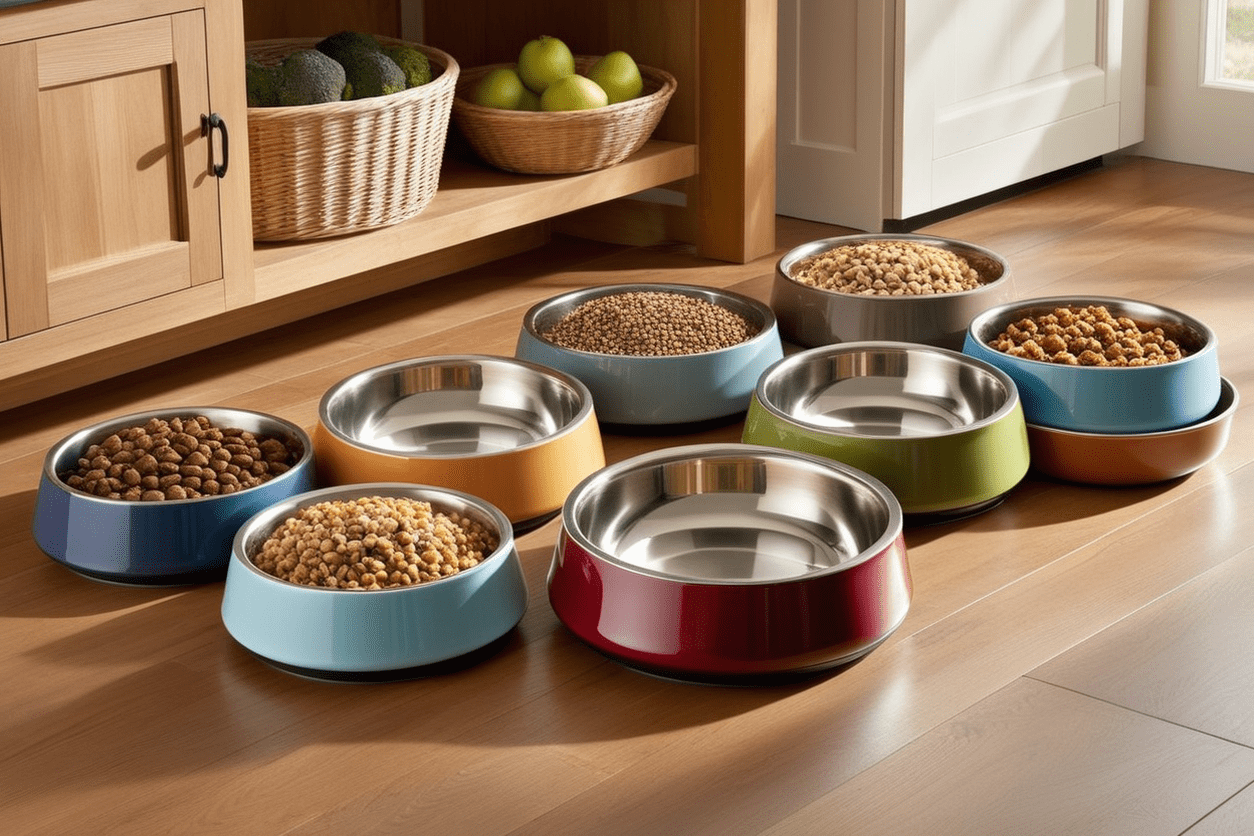
Introduction
Our pets, whether they are cats or dogs, are cherished members of our families. Just like us, they deserve a balanced and satisfying diet to support their health, energy, and happiness. Crafting the ultimate pet menu is not only about providing delicious meals but also about ensuring these meals cater to their nutritional needs. With a focus on both dogs and cats, this guide will delve into the intricacies of formulating a menu that keeps them purring and wagging their tails.
Understanding Nutritional Needs
Before we get into the delicious details, it is important to understand the fundamental nutritional needs of cats and dogs. These animals have distinct dietary requirements that must be met to ensure they thrive.
Cats
Cats are obligate carnivores, which means their bodies are adapted to a meat-centric diet. They require nutrients such as:
- Protein: Essential for growth, tissue repair, and energy.
- Taurine: An amino acid found predominantly in animal tissues. It is crucial for heart health, vision, and reproduction.
- Fatty Acids: Important for skin and coat health, along with brain function.
- Vitamins and Minerals: Vitamins A, D, E, and various B vitamins, along with minerals like calcium and phosphorus, are essential for overall health.
Dogs
Dogs are omnivores and can thrive on a variety of foods, although they still need a balanced diet to maintain optimal health. Their dietary needs include:
- Protein: Important for muscle growth and repair.
- Carbohydrates: Provide a quick source of energy.
- Fats: Essential for energy, skin and coat health, and brain function.
- Vitamins and Minerals: Vitamin A, D, E, K, and B-complex vitamins, along with minerals such as calcium, phosphorus, and potassium, are necessary for a balanced diet.
Customizing the Menu
Protein Powerhouses
For Cats
Cats thrive on animal protein. Consider including:
- Chicken: A lean source of protein that is easy to digest. It can be served cooked and shredded.
- Turkey: Another lean protein option; ensure it is cooked and boneless to avoid any choking hazards.
- Fish: Salmon and tuna are excellent sources of omega-3 fatty acids. Serve these cooked to avoid parasites and remove any bones for safety.
For Dogs
Dogs also benefit from a protein-rich diet. Options include:
- Beef: High in protein and iron. Serve it cooked and cut into bite-sized pieces.
- Lamb: A good alternative for dogs that may have beef or chicken allergies.
- Eggs: An excellent source of protein and amino acids. Serve them cooked to prevent any risk of salmonella.
Veggie Delights
While cats do not need vegetables in their diet, some enjoy the taste and variety they offer. Dogs, on the other hand, benefit greatly from a mix of proteins and vegetables.
For Dogs
- Carrots: Rich in beta-carotene and fiber. Serve them raw or cooked.
- Sweet Potatoes: Packed with vitamins and fiber. Serve them cooked and mashed.
- Green Beans: Low in calories and high in fiber. Serve them steamed or boiled.
Grains and Carbohydrates
While cats primarily need protein and fats, dogs can benefit from a balanced intake of grains and carbohydrates.
For Dogs
- Brown Rice: A source of carbohydrates and fiber. Serve it cooked and mixed with proteins.
- Oats: Also a good source of fiber. They can be served cooked and are gentle on the stomach.
- Quinoa: A nutrient-dense grain that is high in protein and fiber. Like other grains, it should be cooked before serving.
Treats and Snacks
Both cats and dogs enjoy treats, but it is important to choose healthy options to avoid unnecessary calories and additives.
For Cats
- Freeze-Dried Meats: These provide a high-protein snack free from additives.
- Catnip Toys: Not a food, but a great treat to stimulate and engage.
For Dogs
- Pumpkin: High in fiber and low in calories. Serve pureed or in baked treats.
- Apple Slices: High in vitamins and fiber. Serve without seeds which contain cyanide.
Homemade vs. Commercial Food
When crafting the ultimate pet menu, deciding between homemade and commercial food is a significant consideration.
Homemade Food
Pros:
- Control: You know exactly what ingredients are used.
- Freshness: Freshly prepared meals can be more nutritious.
Cons:
- Time-Consuming: Preparing pet meals takes time and effort.
- Nutritional Balance: Ensuring a nutritionally balanced diet can be challenging without professional guidance.
Commercial Food
Pros:
- Convenience: Commercial foods are easy to serve and store.
- Nutritional Balance: Many brands offer balanced diets formulated by pet nutritionists.
Cons:
- Quality Variance: Not all commercial foods are created equal; some may contain fillers and low-quality ingredients.
- Additives: Some commercial foods contain preservatives and artificial additives.
Special Considerations
Age and Activity Level
- Kittens and Puppies: Need higher protein and calorie intake to support growth.
- Senior Pets: May require fewer calories but more fiber to aid digestion.
- Active Pets: Need higher caloric intake to support their energy levels.
Allergies and Sensitivities
Pets, like humans, can have food allergies and sensitivities. Common allergens include beef, dairy, wheat, and chicken. If you notice symptoms like itching, gastrointestinal issues, or ear infections, consult your veterinarian to identify the underlying cause and adjust their diet accordingly.
Hydration
Ensure your pets have access to fresh, clean water at all times. Cats can be notoriously poor drinkers, so incorporating wet food can help maintain hydration levels.
A Sample Weekly Menu
For Cats
Monday
- Breakfast: Cooked chicken breast
- Lunch: Tuna in water
- Dinner: Salmon pâté
Tuesday
- Breakfast: Turkey and pumpkin mix
- Lunch: Beef liver (cooked)
- Dinner: Chicken and fish blend
Wednesday
- Breakfast: Egg and chicken scramble
- Lunch: Duck meat
- Dinner: Mackerel in broth
Thursday
- Breakfast: Turkey breast
- Lunch: Sardines
- Dinner: Chicken liver pâté
Friday
- Breakfast: Chicken and sweet potato mash
- Lunch: Tuna flakes
- Dinner: Turkey and pumpkin puree
Saturday
- Breakfast: Quail eggs and chicken
- Lunch: Fish fillet
- Dinner: Turkey and chicken mince
Sunday
- Breakfast: Chicken and pumpkin blend
- Lunch: Tuna in broth
- Dinner: Salmon mousse
For Dogs
Monday
- Breakfast: Scrambled eggs and brown rice
- Lunch: Chicken and vegetable stew
- Dinner: Beef and sweet potato mix
Tuesday
- Breakfast: Oatmeal and apple slices
- Lunch: Turkey and green beans
- Dinner: Lamb and quinoa
Wednesday
- Breakfast: Cottage cheese and blueberries
- Lunch: Fish and carrot blend
- Dinner: Chicken and brown rice
Thursday
- Breakfast: Pumpkin and turkey mash
- Lunch: Beef and green beans
- Dinner: Lamb and sweet potato
Friday
- Breakfast: Scrambled eggs with spinach
- Lunch: Fish and oatmeal
- Dinner: Chicken and quinoa
Saturday
- Breakfast: Yogurt and banana slices
- Lunch: Beef and vegetable stew
- Dinner: Turkey and brown rice
Sunday
- Breakfast: Oatmeal with honey
- Lunch: Chicken and pumpkin
- Dinner: Salmon and green beans
Conclusion
Crafting the ultimate pet menu requires careful planning and an understanding of your pet's specific dietary needs. By combining high-quality proteins, nutritious vegetables, and appropriate grains, you can create a balanced diet that supports their health and well-being. Whether you opt for homemade meals or high-quality commercial food, always consult with your veterinarian to ensure that your pet's nutritional needs are met. Remember, a well-fed pet is a happy pet, and their wagging tails and purring affection will be the best reward for your efforts.

